How Does Acupuncture Work?
How does Acupuncture work?
The means by which acupuncture produces results remains a curious topic. Over the last several decades, clinical research has shown that acupuncture can be beneficial for a number of conditions, but the mechanism by which this happens is still not understood. There are many ways to conceptualize acupuncture treatment; ranging from the Traditional Chinese model to more modern, science-based explanations.
In the Traditional model,
Acupuncture works by stimulating acupoints along meridians in the body in order to restore balance to the energetic system. Concepts like moving stagnant energy, supplementing deficient energy, and balancing hot and cold regulation are at the root of the Traditional Chinese medical theory. The central concept to Chinese medicine is what's called pattern diagnosis. Pattern diagnosis is looking for commonalities in symptoms across different body systems within a person and identifying the root dysfunction holistically. For example, two patients may have the same root pattern diagnosis, yet one person has headaches while the other has insomnia. Similarly, two patients may have indigestion, but their root patterns (and thus treatment) would be entirely different.
It's important to recognize Chinese medicine as a metaphorical way of describing the human system. A highly influential aspect of ancient Chinese culture was the astute observation of cycles and patterns in nature, and this cultural influence shaped Traditional Chinese Medicine's concepts. Ancient doctors used metaphors from the natural world to describe functional systems and their behavior inside of the human organism. These metaphors have functional relevance to treating disease, but they are not literal in their description.
In the scientific model,
There are several hypotheses as to how acupuncture produces a therapeutic effect. When it comes to treating musculoskeletal pain, the effect appears to be through microinjury (microscopic damage to an area) which leads to increased local blood flow, facilitated healing, and pain reduction. Essentially, the acupuncture needle stimulates the nerves in the local tissues, which causes the release of neuropeptides that dilate blood vessels and increase circulation to the area [1]. This phenomenon is known as axon reflex. Acupuncture may also have a pain reducing effect through the release of the neurotransmitter encephalin, which inhibits the nociceptive (pain) pathway, as well as through the release of local endorphins [2].
When it comes to internal conditions, acupuncture likely has an effect on the body's ability to regulate homeostasis by something called the "somatic autonomic reflex" [3]. This involves balancing the sympathetic (fight or flight) and parasympathetic (rest and digest) branches of the autonomic nervous system and is frequently considered the scientific basis for the concept of yin and yang in Traditional Chinese Medicine. In this case, when the needle is placed in the body, a sensory nerve sends a message to certain areas of the brain that control hormone release and organ function and the body self-regulates.
For example, it has been shown that stimulation at certain traditional acupuncture points in the forearm (Pericardium 5 & 6) creates a cardiovascular response, whereas stimulation at other nearby points does not. Although it seems when treating musculoskeletal conditions the effect is more local, observations showed that there is some point specificity in systemic action at the brain level. Results of functional magnetic resonance imaging (fMRI) studies showed that stimulation at a traditional acupuncture point produces a distinct response in specific areas of the brain, which is different from the stimulation at other points on the same nerve pathway, and also different from the stimulation at neighboring points on the same meridian [4].
